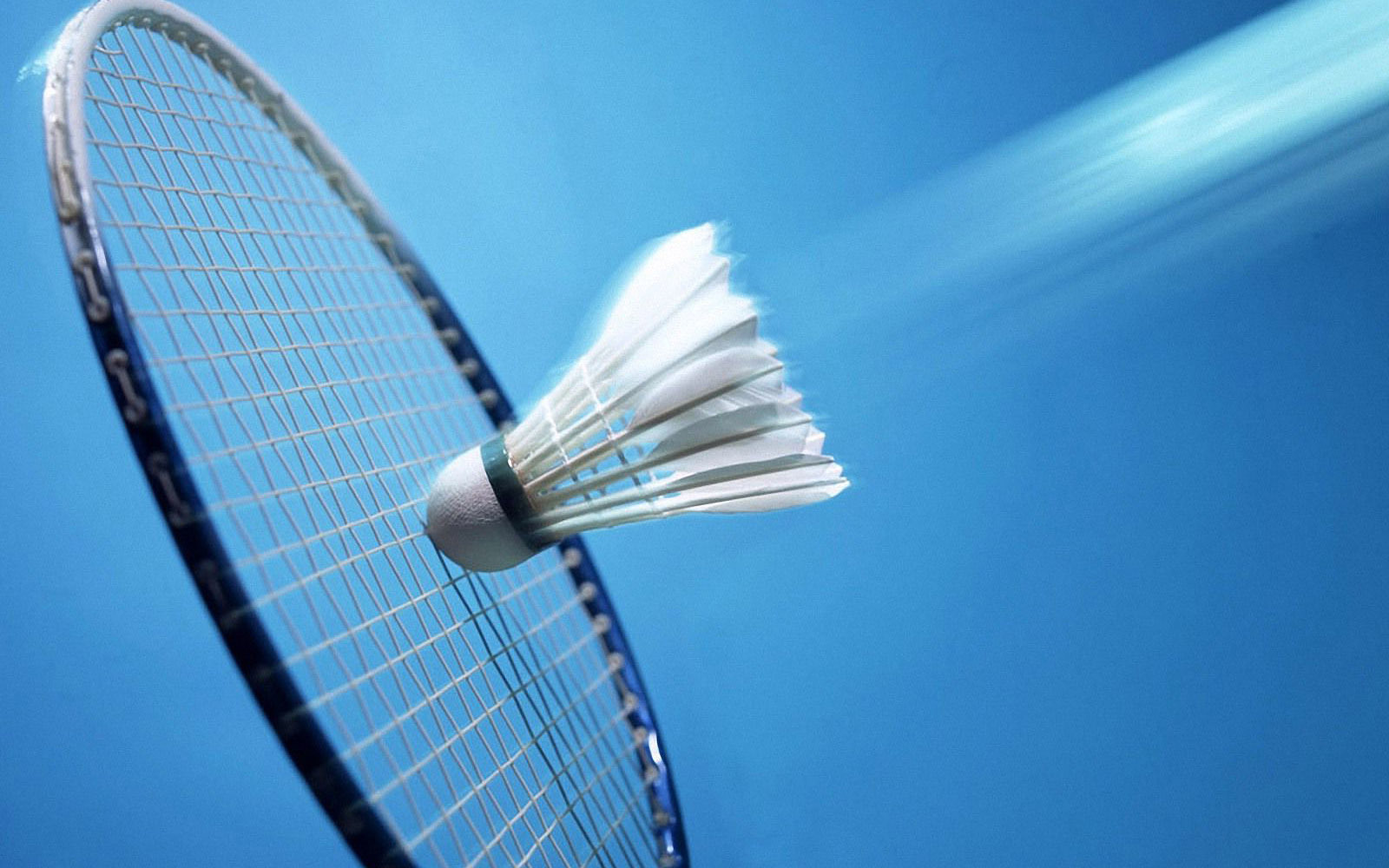How to properly wrap a badminton racket handle?
02 Mar, 2023How to properly wrap a badminton racket handle?
09 Jan, 2023 - Rackets
Experience choosing badminton racket tension for beginners
For professional badminton players, choosing a badminton racket tension (net tension) is as important as choosing a racket that is suitable for the style of play. For amateur players, most of them are only interested in how many kilograms of racquets or how much tension this racquet has to hit to have the best feeling... and they don't know that the new badminton racquet string is an important factor, determining the feeling of heavy - light when hitting the shuttlecock, the sound when hitting the shuttle and the durability of the charge... In order to help people better understand the tension of badminton rackets, share with you some Good information about the experience of choosing a badminton racket tension. Come on, let's get started with us!
How to choose a badminton racket tension.
With a string tension badminton racket, there are two important information you need to pay attention to: gauge and net tension. As follows:
1. Gauge parameters (diameter of line).
Gauge is a parameter indicating the thickness (thread diameter) of a badminton racket tension net. Manufacturers stipulate that the smaller the gauge number, the larger the thread diameter, or the thicker the mesh. Gauges 20, 21 or 22 are standard. While the 20-micro, 21-micrometer gauges are of the extra "variant" type. However, with the Yonex brand, to make it easier for users to distinguish, they have set the gauge number to be the number of mm (diameter of the line).
You should also note that the diameter of the line indicated on the sheath is unstretched. When woven into the racquet and stretched, the actual diameter of the string will then decrease a little. With thick mesh (small gauge number) it will be more durable than thin mesh (large gauge number).
Many of you wonder how the gauge number of the badminton racket's string affects the hitting of the shuttlecock. This can be explained as follows, a badminton racket string with a small gauge (large string diameter) will suffer more wind resistance and therefore the racquet hitting the shuttle will be slower. Conversely, strings with a large gauge number (small string diameter) will experience less wind resistance and result in faster racquet swing action. And often the strings with a small diameter (under 0.69 mm) will partially assist (hit the shuttlecock) for the player, but it also has the disadvantage that the string with a small diameter will break more easily than the badminton charge. thick diameter.
In addition, with the string of badminton rackets of some brands, it has a few characteristics for you to distinguish between types of strings, including:
- High Repulsion: power kick to help hit the shuttle more bouncing.
- Durability: freight has high durability, long-term use.
- High Hitting Sound: playing the bridge sounds loud and fun.
- Shock Absorption: reduce shock.
- Control: control the bridge.
For those who are new to playing, we should prioritize two factors, high repulsion and durability when choosing charges for badminton rackets. These two factors are inversely proportional to each other, the thin net will break quickly but the support is better, so you should consider it to make an appropriate decision.
2. Net tension (how many kg?).
"How many kg is the net for the badminton racket?" This is a question that many people care about after choosing a suitable rope. The net tension is measured in kilograms or pounds (shown on the gauge). With the question of how much should stretch? there's no one answer that's right for everyone, even though most common nets have a tension of about 8-13 kg. It is important to know that a small “kg” number means a low tension mesh and a large “kg” number means a very tight mesh.
You should note that even if the string can withstand great tension, you should not knit the badminton racket more than the specified number of kilograms recommended by the manufacturer. This index will be shared with the U and G index parts on the shaft and will vary depending on the racquet you are using, usually a head-heavy racquet will allow for a larger number of kilograms.
According to badminton experts, the tighter the net, the better the control of the shuttle. And vice versa, the net is less tight, the hit will be stronger. This can be explained as follows: The loose net (low tension) will stretch more when it comes into contact with the ball. Immediately after touching the net ball shrinks to its old length, it is the immediate contraction of the net that "energizes" the shot. Meanwhile, with a very tight knitted net, the elasticity of the net is very little, then the strength of the shot almost depends only on the strength of the player, not "added power" from the net. However, in this case, because "everything" is up to the player, it also means that the player is in complete control of his shot, controlling the demand curve and the direction of the demand.
For beginners to play badminton, you should choose a racquet with a low tension (8-9 kg) to get more power for the shot. When you get used to it and with the wrist force at a certain level, you can slowly increase the number of kilograms to suit the best. The recommended kilograms for everyone are as follows:
- Beginners should choose a net tension of 8-9 kg.
- Good players should choose a net tension of 9.5 - 10.5 kg.
- Good badminton players should choose a net tension of 11 kg or more.